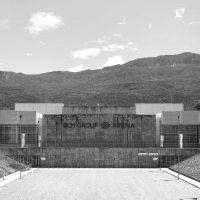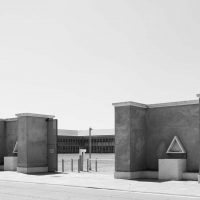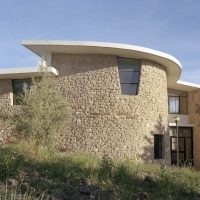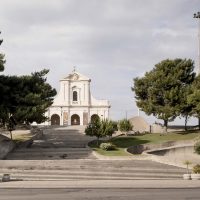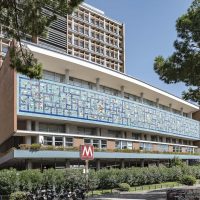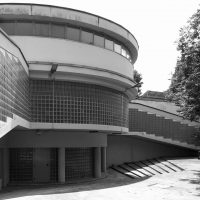At the end of the war, the Milan to Rome connection would still take thirty-three hours by train. Women would vote for the first time, and a veteran from the front, Fausto Coppi, would become the symbol of the country’s reconstruction. On the city streets would run an intriguing new vehicle, the Vespa, that immediately became a metaphor of freedom, soon followed by the Lambretta. In 1953, Hollywood immortalized them: the movie Vacanze Romane shows the Italians discovering the collective rituals of modernity, in a still popular context. In a country discovering the value of spare time, a new focus is put on public spaces.
In the fifteen years from 1945 to 1960, Italy changed skin, tempted by the dream of progress but not yet completely liberated from nostalgia for tradition. Even the province sought emancipation, looking at large cities like Turin, Milan, Naples and Rome, equipped not only with the most advanced social models, but also with new urban architectures such as churches, theaters, cinemas, squares and gardens. These became the country’s places of social life, where the communities live, meet, find and recognize each other.
At the beginning of the new decade, a film set in Rome again marked a new era: the Sixties, opening with La dolce vita, would close with a crisis that, starting from the universities, transformed the whole Italian culture. Leisure spaces for young people were built: universities, sports venues and arenas for mass entertainment.
Since the eighties, bourgeois art has entered a crisis, the consumer society was finally consolidated and its symbol became the so-called “Milano da bere”. In this scenario, the Vespa finally returns, this time driven by a disenchanted Nanni Moretti, who in the capital’s lonely streets captures the different beauty of public spaces of Rome’s suburbs.
Works
Map
Activate the menu next to the title to explore the list of works












